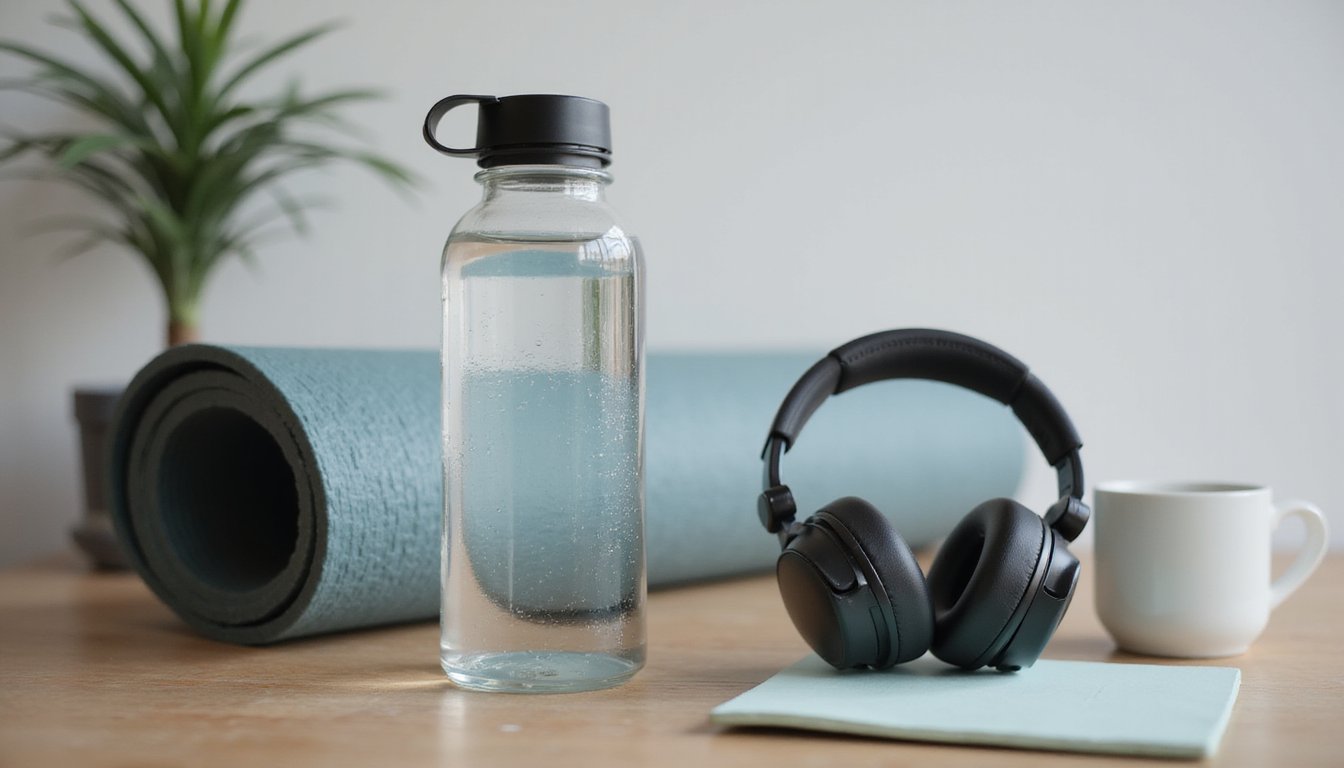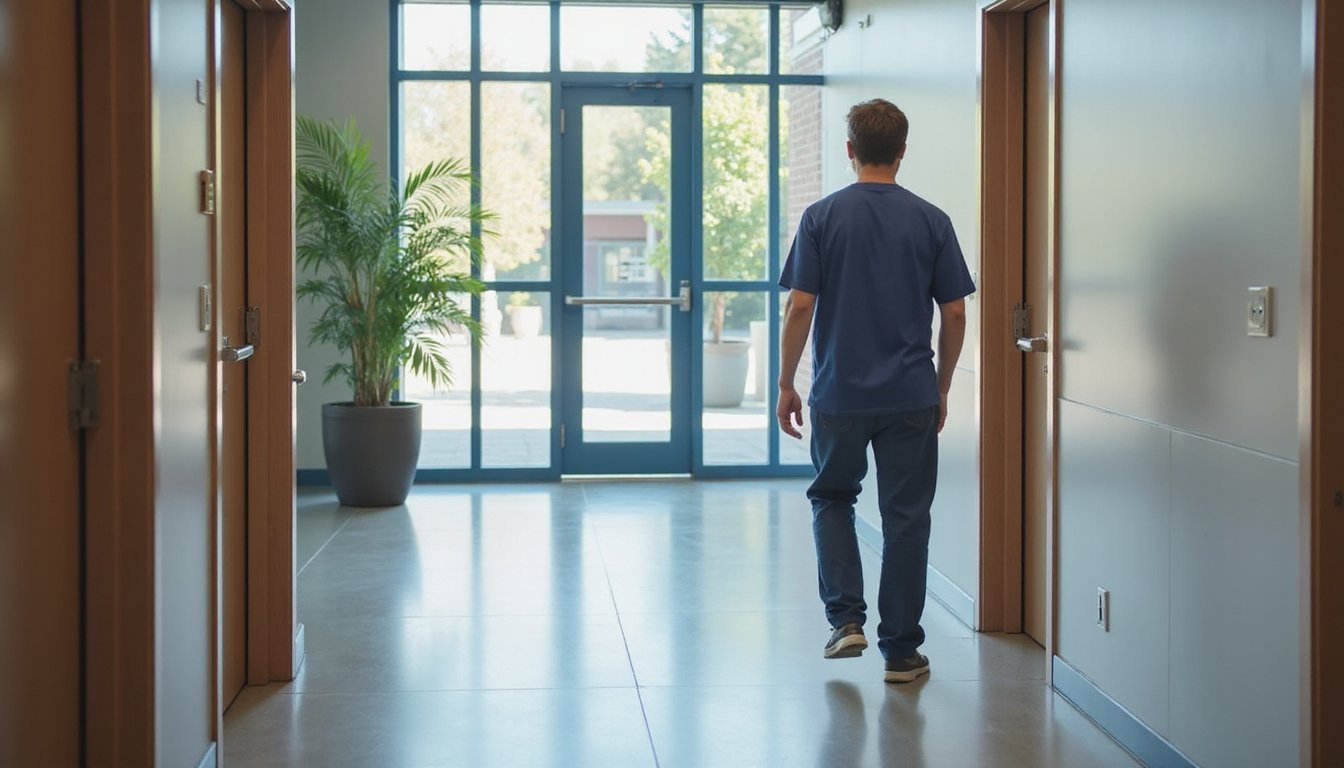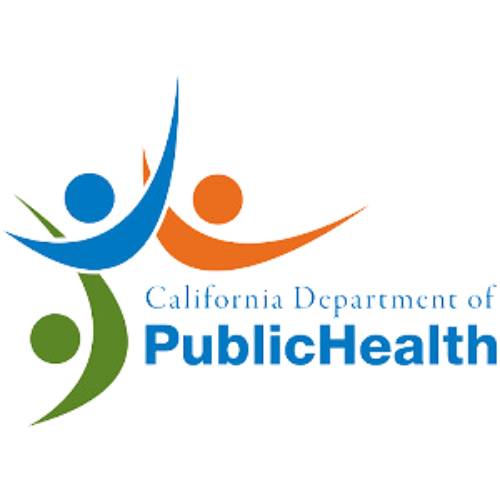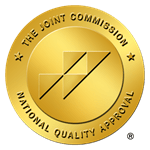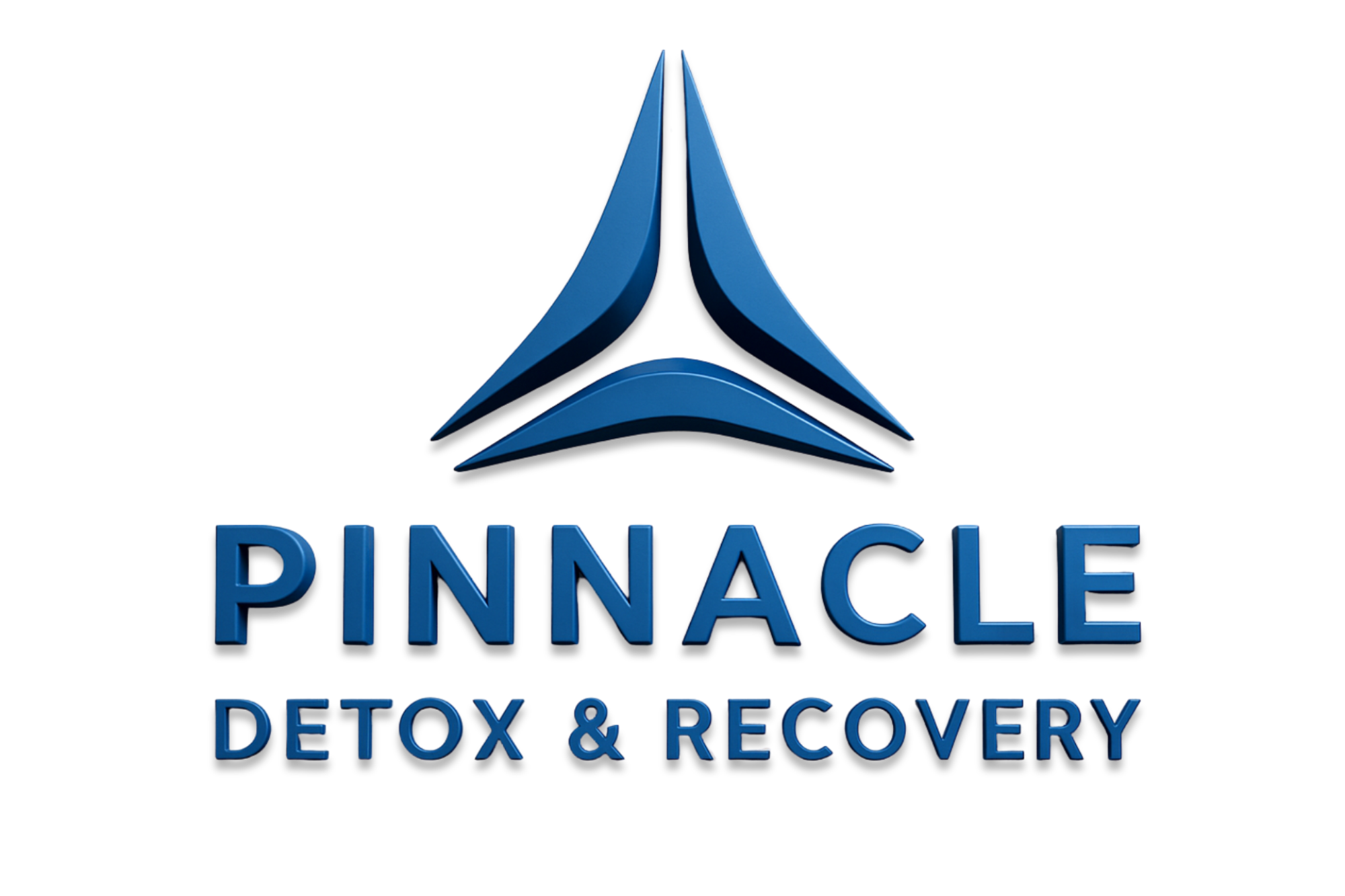Returning home after rehab requires
careful planning during your most vulnerable period, 13.1% of patients go back to inpatient care within 30 days, with
nearly half of readmissions happening in the first two weeks. You'll face challenges like unstable living situations, damaged relationships, and a
66% unemployment rate, but scheduling follow-up appointments before discharge, enlisting trained caregivers, connecting with home health services, building structured daily routines, and joining support networks can reduce your
readmission risk by up to 24% while helping you recognize relapse warning signs early and respond effectively for sustained recovery.
Understanding the Challenges of Post-Rehab Readmission
Leaving rehab marks a
vulnerable period when the
risk of hospital readmission runs unexpectedly high. National data shows
13.1% of patients return to inpatient care within 30 days, with
nearly half of these readmissions occurring in the first two weeks. Your reintegration after rehab becomes particularly challenging if you're
managing multiple health conditions or limited mobility. Understanding these statistics isn't meant to discourage you, it's about recognizing why rebuilding routines and setting boundaries matter so much during this shift. The numbers highlight a gap between intensive clinical support and independent living at home.
Medication reconciliation and proper management of your prescriptions stand as critical protective factors during this transition period. Scheduling an
outpatient follow-up visit within 30 days of discharge can reduce your risk of readmission by approximately 21%, giving you valuable touchpoints with your healthcare team during this adjustment. Across the country,
hospital readmission rates average 14.67% and vary significantly by location, ranging from 10.1% to 19.1% among reporting facilities. By acknowledging these vulnerabilities early, you can work proactively with your care team to establish follow-up appointments, strengthen your support network, and create structures that
reduce your personal readmission risk.
Overcoming Barriers That Complicate Your Return Home
While the challenges of
readmission highlight clinical vulnerabilities, the obstacles you'll face at home often run deeper, into housing,
employment,
relationships, and the availability of community support. Returning home after rehab means maneuvering unstable living situations,
financial strain, and damaged relationships that complicate your recovery. You might encounter unemployment (affecting 66% before treatment), limited access to aftercare, or social circles that still use substances. These barriers make lifestyle changes harder to sustain.
Securing stable housing correlates with higher abstinence rates, while ongoing support groups reduce isolation. Research shows that
stigma associated with addiction serves as a barrier for nearly half of individuals attempting to begin recovery, creating additional shame and hesitation in seeking help. Address these obstacles by seeking transitional accommodations, connecting with peer networks, and advocating for coordinated discharge planning.
Insufficient discharge planning and gaps in coordination between residential and aftercare services create additional hurdles during this critical transition period. If you do experience a setback, remember that
relapse is part of the recovery process for many people and should be viewed as a learning experience rather than a failure.
Overcoming systemic gaps requires persistence, but targeted resources can bridge the distance between treatment and sustained recovery at home.
Scheduling and Attending Critical Follow-Up Appointments
Beyond securing stable housing and rebuilding your support network, you'll need to establish
consistent clinical care to sustain your recovery.
Scheduling follow-up appointments before you leave rehab dramatically increases your likelihood of attending them. Aim to see your provider within the first week, early follow-up reduces
readmission risk by up to 24% and allows prompt identification of potential complications or relapse warning signs.
Write down appointment dates, times, and locations clearly. Use reminders through calls, texts, or apps to prevent no-shows. If transportation or cost creates barriers, ask your care team about
telehealth options or community resources. Patients who attend their first scheduled appointment have considerably lower readmission rates than those who delay or miss follow-up. Research shows that nearly
10% of patients miss their scheduled follow-up appointments, which corresponds with higher rates of returning to intensive care. Studies demonstrate that
30-day follow-up rates improved from approximately 36% to nearly 47% when appointments were systematically scheduled through electronic medical record systems.
Consistent clinical contact bridges the gap between intensive treatment and
independent recovery at home. A comprehensive UK survey found that
72.2% had inpatient recovery services and 73.9% had outpatient follow-up services available for patients transitioning from critical care.
Enlisting and Empowering Your Caregivers for Success
When you return home from rehab, your
recovery doesn't rest on your shoulders alone, caregivers become essential partners in your shift, often taking on expanded
responsibilities they may not feel fully prepared to handle. Research shows about one-third of
caregivers experience high burden within three months post-discharge, with stress linked directly to
low preparedness and confidence. This pressure can lead to feelings of exhaustion and overwhelm, making the journey of recovery even more challenging for everyone involved. As caregivers navigate their new roles, it’s crucial to recognize that
supporting a loved one after rehab can require a balance of emotional resilience and practical strategies.
You can support them, and yourself, by encouraging their involvement during rehab, where training improves both your outcomes and their functional performance. Provide clear, written instructions for daily routines and care tasks. Help them access educational resources and connect with support networks, as strong social support reduces distress considerably. Notably,
over 30-50% of caregivers report significant distress one year after injury, highlighting the enduring nature of caregiving challenges.
Statistical analysis of caregiver outcomes can help healthcare teams identify which support interventions work most effectively. Studies show that
43% of partners caring for individuals with spinal cord injury experience high caregiver burden, emphasizing the widespread nature of this challenge. Regular check-ins matter: monitoring for
caregiver burnout protects their well-being and strengthens your
recovery environment long-term.
Connecting With Home Health and Community Resources
As you
settle back into home life, tapping into professional support services can make the difference between struggling alone and building momentum toward lasting recovery. Home health care, including nursing, physical therapy, and occupational therapy, helps you regain independence faster and reduces rehospitalization risk by 15% compared to institutional settings. Approximately 12 million Americans use these services annually, with 80% showing meaningful improvements in daily activities. For stroke survivors,
inpatient rehab followed by home health produces the best outcomes when services begin promptly after hospital discharge. While home health care offers
substantial cost savings, studies show patients may experience slightly higher readmission rates compared to skilled nursing facilities, though outcomes in terms of mortality and function remain equivalent.
| Resource Type |
Examples |
Key Benefit |
| Home Health |
Nursing, PT, OT, speech therapy |
80% ADL improvement rate |
| Community Programs |
Area Agencies on Aging, Meals on Wheels |
Reduces readmissions, supports independence |
| Disease-Specific Support |
Stroke groups, diabetes education |
Tailored guidance for chronic conditions |
Contact social workers or case managers to navigate insurance coverage and connect with local resources that fit your needs. Recent data shows that older adults receiving help at home
increased from 38% to 52% between 2011 and 2017, reflecting a national shift toward home-based recovery.
Building a Structured Daily Routine and Recovery Plan
Professional support services give you a critical foundation, now it's time to build the daily structure that will carry you forward.
Establishing predictable routines reduces stress and fills vulnerable idle periods when cravings peak. Start with
consistent wake times, meals, and sleep schedules, research shows it takes about 66 days for routines to become automatic.
Incorporate healthy habits like regular exercise, which releases
mood-boosting endorphins, and prioritize 7–9 hours of
quality sleep to strengthen emotional resilience. Use planners, to-do lists, or habit-tracking apps to break overwhelming tasks into manageable steps and monitor your progress.
Identify
high-risk times, late evenings, weekends, and proactively schedule purposeful activities like hobbies or volunteering. These
constructive activities serve as healthy outlets for emotional expression while warding off boredom and cultivating new interests that contribute to your personal growth.
Review your routine regularly, adjusting as needed while maintaining the core structure that supports your sobriety.
Joining Support Networks to Combat Isolation
Isolation ranks among the most dangerous threats to early recovery, yet it's one of the easiest traps to fall into when you return home. Joining
support networks directly combats this risk,
77% of support group attendees report increased connection, and
81% form new sober friendships. These relationships matter: having more abstinent individuals in your circle strongly correlates with sustained sobriety. Additionally, engaging with support groups can provide valuable insights and coping strategies that are essential for maintaining a healthy lifestyle. Furthermore, the
sober living home benefits extend beyond just a safe environment; they foster community and accountability among residents, enhancing the overall recovery experience.
Support groups reduce
relapse risk by 7% to 25% and provide emotional, practical, and affectionate support. Consider these accessible options:
- In-person meetings like AA or SMART Recovery for face-to-face connection
- Online support groups when transportation or scheduling creates barriers
- Peer mentorship programs offering guidance from those further along in recovery
Greater participation predicts better long-term outcomes, higher treatment completion rates, and stronger recovery capital.
Recognizing Warning Signs and Preventing Relapse
Building connections through support networks strengthens your recovery foundation, yet even with strong relationships in place, you need to stay alert to internal shifts that can threaten your progress.
Relapse doesn't happen suddenly, it typically unfolds through recognizable stages, beginning with emotional and mental changes long before any substance use occurs.
| Warning Sign |
What to Watch For |
| Behavioral withdrawal |
Missing therapy sessions or support groups |
| Emotional instability |
Increased irritability, mood swings, or anxiety |
| Self-care neglect |
Poor sleep, irregular eating, declining hygiene |
| Cognitive patterns |
Romanticizing past use or minimizing current struggles |
Research shows 40-60% of individuals experience relapse within the first year, often triggered by unmanaged stress, cravings, or reconnecting with old environments. Recognizing these patterns early, and responding with honest communication and immediate support, dramatically improves your chances of sustained recovery.
Frequently Asked Questions
How Do I Explain My Absence to Coworkers or Employers?
You're not required to share more than you're comfortable with. A brief, factual explanation like "I took medical leave to address a
personal health matter" is often sufficient and maintains your privacy. If your workplace feels supportive, you might share more, but only if it's safe to do so. The
ADA and FMLA may offer protections depending on your situation. Focus your message on your
readiness to return and re-engage, that's what matters most professionally.
What Should I Do if Family Members Don't Support My Recovery?
If family members don't support your recovery, prioritize building alternative
support networks. Connect with mutual help groups like AA or NA, engage a sponsor or recovery coach, and consider
sober living environments where abstinence is normalized. Set firm boundaries to protect yourself from negativity or triggers, and work with a therapist to develop
coping strategies. You can't control their reactions, but you can create a supportive community elsewhere and focus on your own healing and stability.
Can I Safely Resume Taking Prescription Medications After Rehab?
You can safely resume
prescription medications, but only under
medical supervision. Always inform your healthcare providers about your substance use history so they can avoid high-risk medications like opioids, benzodiazepines, or stimulants.
Psychiatric medications such as antidepressants are typically safe and may support your recovery. Never self-manage prescriptions or restart medications without clearance. Read labels carefully, choose
non-addictive alternatives when possible, and maintain open communication with addiction specialists to guarantee your medication plan protects your sobriety.
When Is It Appropriate to Start Dating Again in Recovery?
Most experts recommend waiting at least one year before
dating in recovery. This timeline gives you essential space to rebuild
emotional stability, develop healthy coping skills, and strengthen your
sobriety foundation without added relationship stress. Early dating increases
relapse risk through emotional triggers and codependency patterns. You'll know you're ready when you've established strong boundaries, prioritized self-care consistently, and can communicate openly about your recovery journey while keeping sobriety your top priority.
How Do I Handle Social Events Where Alcohol Is Present?
You can handle social events by planning ahead and knowing your limits. Bring a
sober support person, have an
exit strategy ready, and keep yourself engaged in activities rather than focusing on alcohol. It's okay to leave early or skip events if you're not ready. Practice responses to drink offers beforehand, stay mindful of
H.A.L.T. triggers, and prioritize alcohol-free gatherings when possible. Your sobriety comes first, protect it confidently.
 Leaving rehab marks a vulnerable period when the risk of hospital readmission runs unexpectedly high. National data shows 13.1% of patients return to inpatient care within 30 days, with nearly half of these readmissions occurring in the first two weeks. Your reintegration after rehab becomes particularly challenging if you're managing multiple health conditions or limited mobility. Understanding these statistics isn't meant to discourage you, it's about recognizing why rebuilding routines and setting boundaries matter so much during this shift. The numbers highlight a gap between intensive clinical support and independent living at home. Medication reconciliation and proper management of your prescriptions stand as critical protective factors during this transition period. Scheduling an outpatient follow-up visit within 30 days of discharge can reduce your risk of readmission by approximately 21%, giving you valuable touchpoints with your healthcare team during this adjustment. Across the country, hospital readmission rates average 14.67% and vary significantly by location, ranging from 10.1% to 19.1% among reporting facilities. By acknowledging these vulnerabilities early, you can work proactively with your care team to establish follow-up appointments, strengthen your support network, and create structures that reduce your personal readmission risk.
Leaving rehab marks a vulnerable period when the risk of hospital readmission runs unexpectedly high. National data shows 13.1% of patients return to inpatient care within 30 days, with nearly half of these readmissions occurring in the first two weeks. Your reintegration after rehab becomes particularly challenging if you're managing multiple health conditions or limited mobility. Understanding these statistics isn't meant to discourage you, it's about recognizing why rebuilding routines and setting boundaries matter so much during this shift. The numbers highlight a gap between intensive clinical support and independent living at home. Medication reconciliation and proper management of your prescriptions stand as critical protective factors during this transition period. Scheduling an outpatient follow-up visit within 30 days of discharge can reduce your risk of readmission by approximately 21%, giving you valuable touchpoints with your healthcare team during this adjustment. Across the country, hospital readmission rates average 14.67% and vary significantly by location, ranging from 10.1% to 19.1% among reporting facilities. By acknowledging these vulnerabilities early, you can work proactively with your care team to establish follow-up appointments, strengthen your support network, and create structures that reduce your personal readmission risk.
 Beyond securing stable housing and rebuilding your support network, you'll need to establish consistent clinical care to sustain your recovery. Scheduling follow-up appointments before you leave rehab dramatically increases your likelihood of attending them. Aim to see your provider within the first week, early follow-up reduces readmission risk by up to 24% and allows prompt identification of potential complications or relapse warning signs.
Write down appointment dates, times, and locations clearly. Use reminders through calls, texts, or apps to prevent no-shows. If transportation or cost creates barriers, ask your care team about telehealth options or community resources. Patients who attend their first scheduled appointment have considerably lower readmission rates than those who delay or miss follow-up. Research shows that nearly 10% of patients miss their scheduled follow-up appointments, which corresponds with higher rates of returning to intensive care. Studies demonstrate that 30-day follow-up rates improved from approximately 36% to nearly 47% when appointments were systematically scheduled through electronic medical record systems. Consistent clinical contact bridges the gap between intensive treatment and independent recovery at home. A comprehensive UK survey found that 72.2% had inpatient recovery services and 73.9% had outpatient follow-up services available for patients transitioning from critical care.
Beyond securing stable housing and rebuilding your support network, you'll need to establish consistent clinical care to sustain your recovery. Scheduling follow-up appointments before you leave rehab dramatically increases your likelihood of attending them. Aim to see your provider within the first week, early follow-up reduces readmission risk by up to 24% and allows prompt identification of potential complications or relapse warning signs.
Write down appointment dates, times, and locations clearly. Use reminders through calls, texts, or apps to prevent no-shows. If transportation or cost creates barriers, ask your care team about telehealth options or community resources. Patients who attend their first scheduled appointment have considerably lower readmission rates than those who delay or miss follow-up. Research shows that nearly 10% of patients miss their scheduled follow-up appointments, which corresponds with higher rates of returning to intensive care. Studies demonstrate that 30-day follow-up rates improved from approximately 36% to nearly 47% when appointments were systematically scheduled through electronic medical record systems. Consistent clinical contact bridges the gap between intensive treatment and independent recovery at home. A comprehensive UK survey found that 72.2% had inpatient recovery services and 73.9% had outpatient follow-up services available for patients transitioning from critical care.
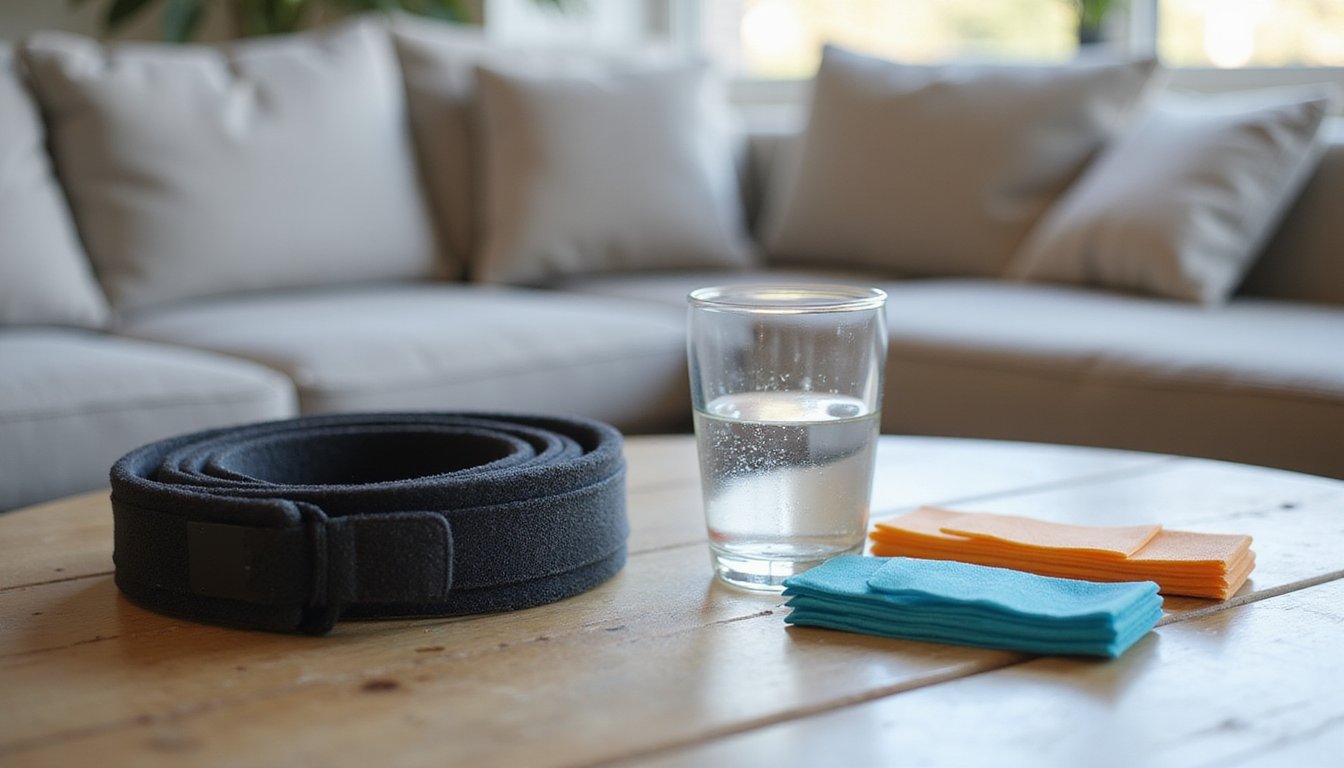 As you settle back into home life, tapping into professional support services can make the difference between struggling alone and building momentum toward lasting recovery. Home health care, including nursing, physical therapy, and occupational therapy, helps you regain independence faster and reduces rehospitalization risk by 15% compared to institutional settings. Approximately 12 million Americans use these services annually, with 80% showing meaningful improvements in daily activities. For stroke survivors, inpatient rehab followed by home health produces the best outcomes when services begin promptly after hospital discharge. While home health care offers substantial cost savings, studies show patients may experience slightly higher readmission rates compared to skilled nursing facilities, though outcomes in terms of mortality and function remain equivalent.
As you settle back into home life, tapping into professional support services can make the difference between struggling alone and building momentum toward lasting recovery. Home health care, including nursing, physical therapy, and occupational therapy, helps you regain independence faster and reduces rehospitalization risk by 15% compared to institutional settings. Approximately 12 million Americans use these services annually, with 80% showing meaningful improvements in daily activities. For stroke survivors, inpatient rehab followed by home health produces the best outcomes when services begin promptly after hospital discharge. While home health care offers substantial cost savings, studies show patients may experience slightly higher readmission rates compared to skilled nursing facilities, though outcomes in terms of mortality and function remain equivalent.



